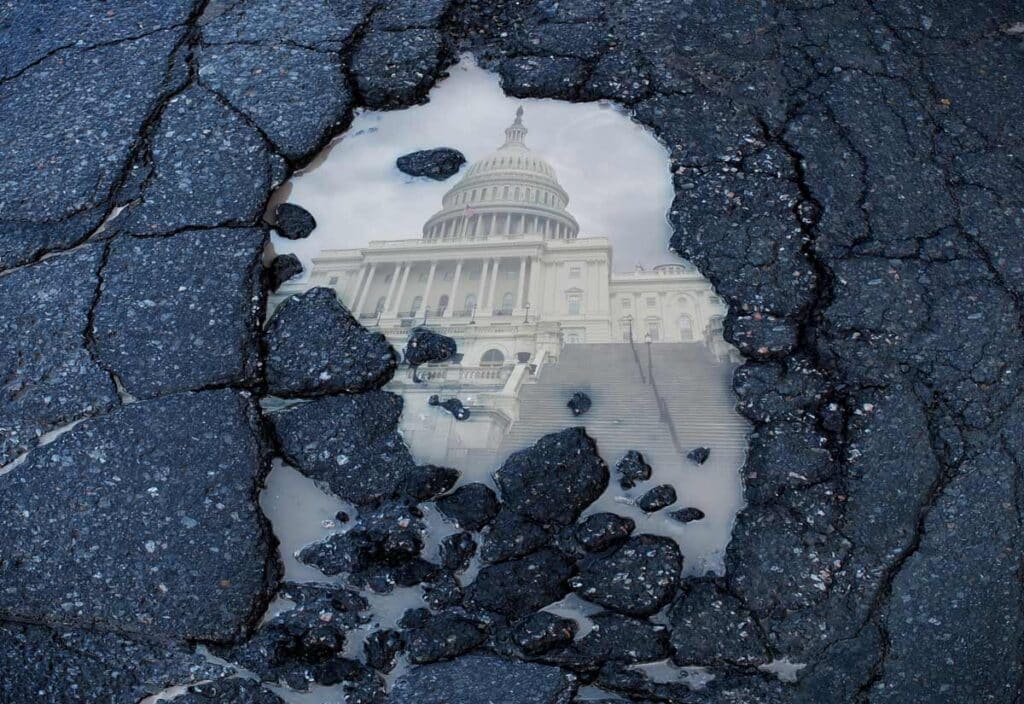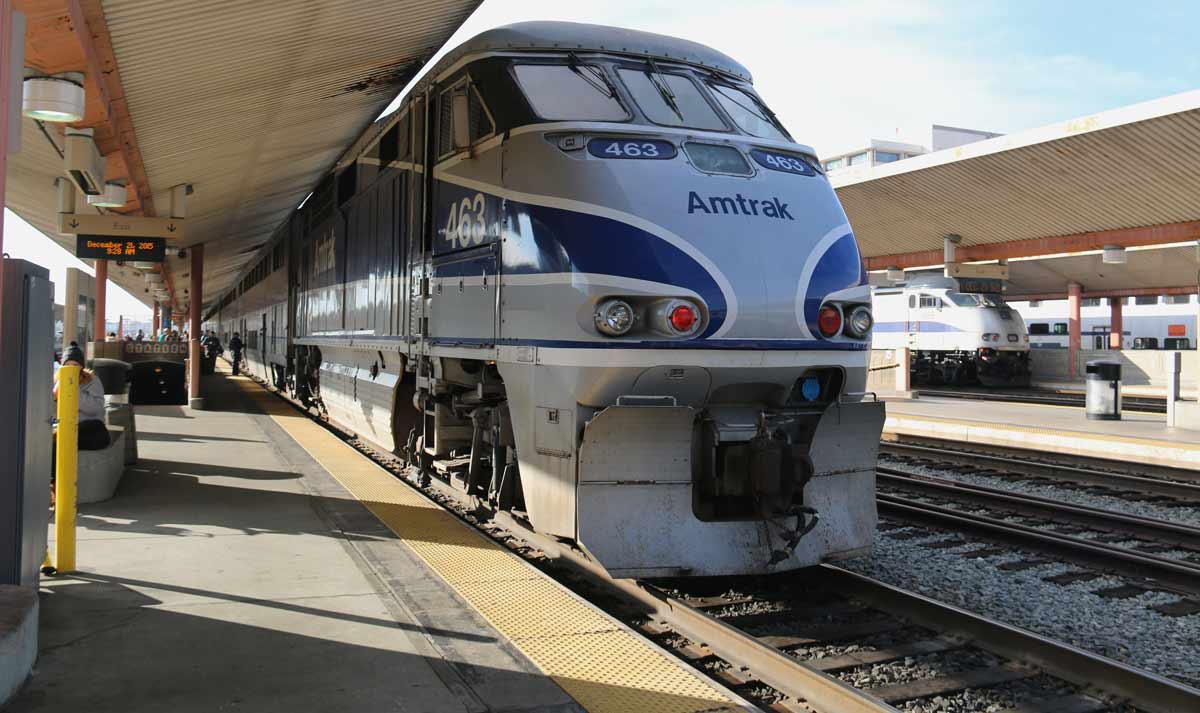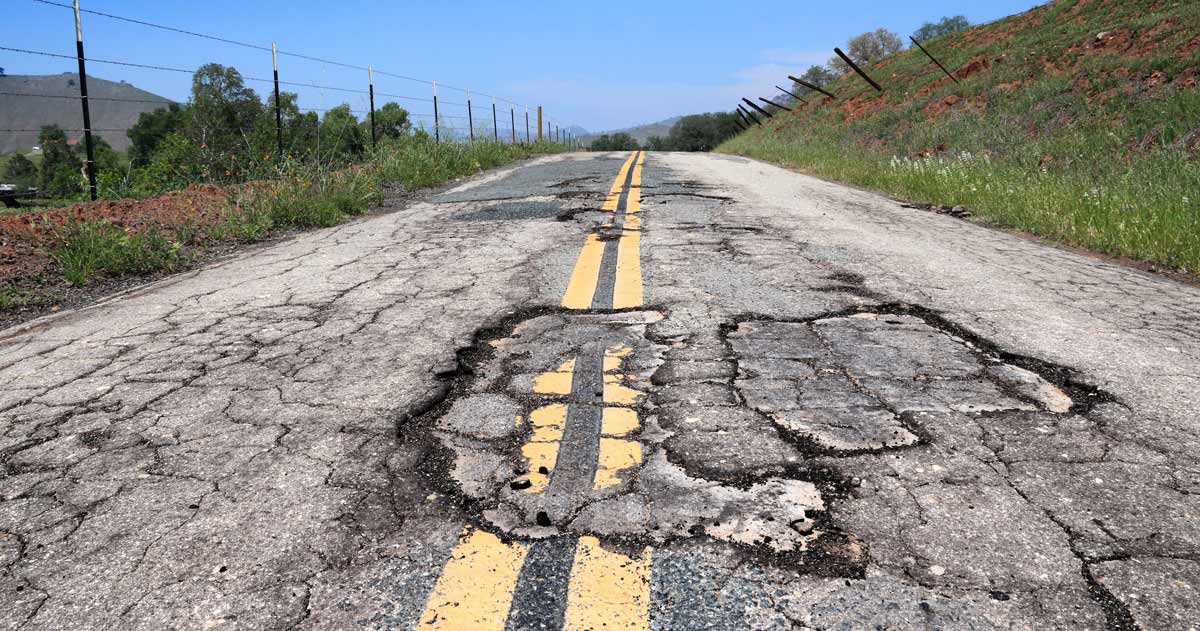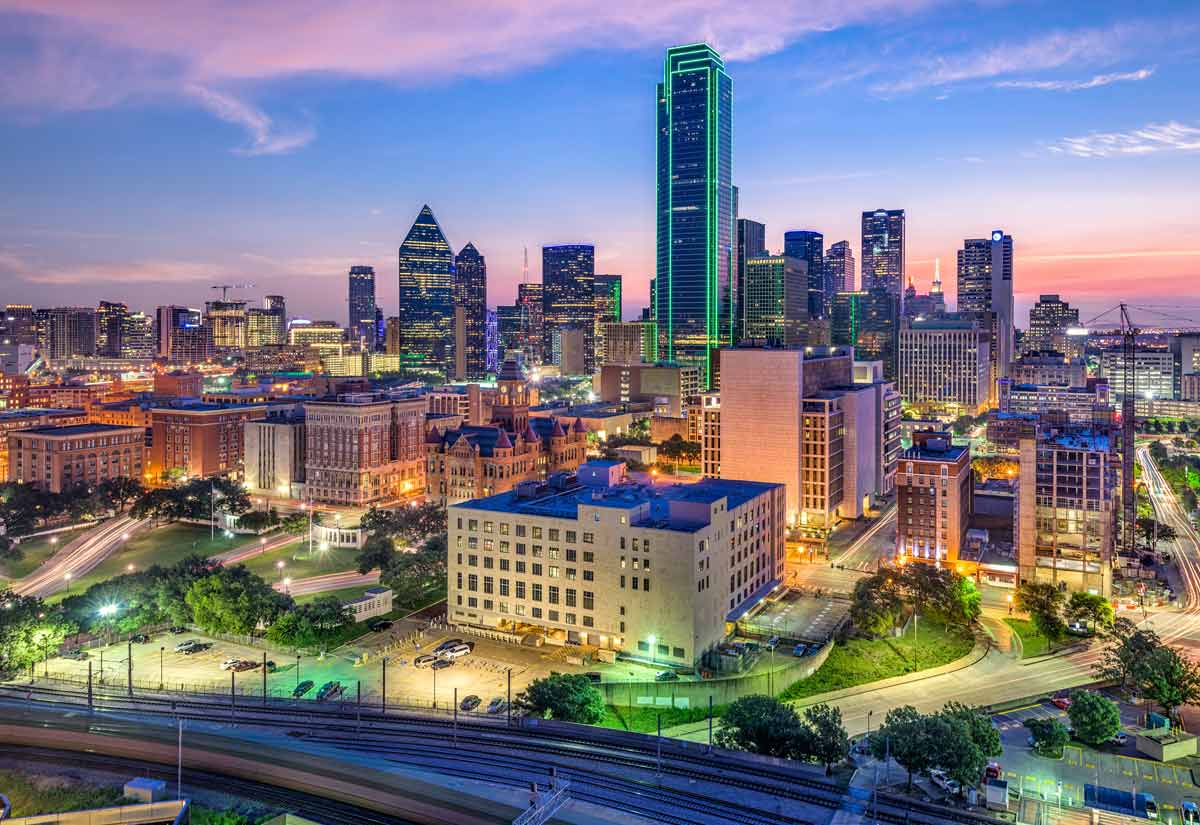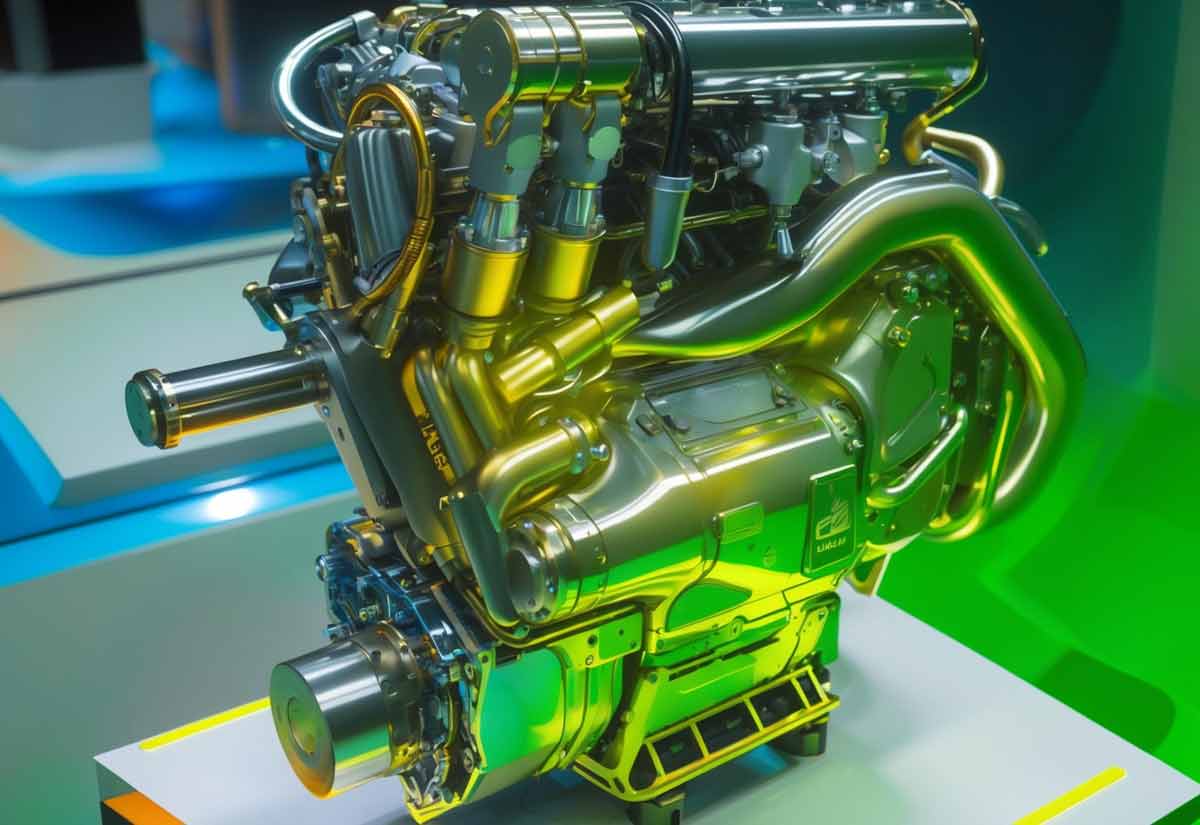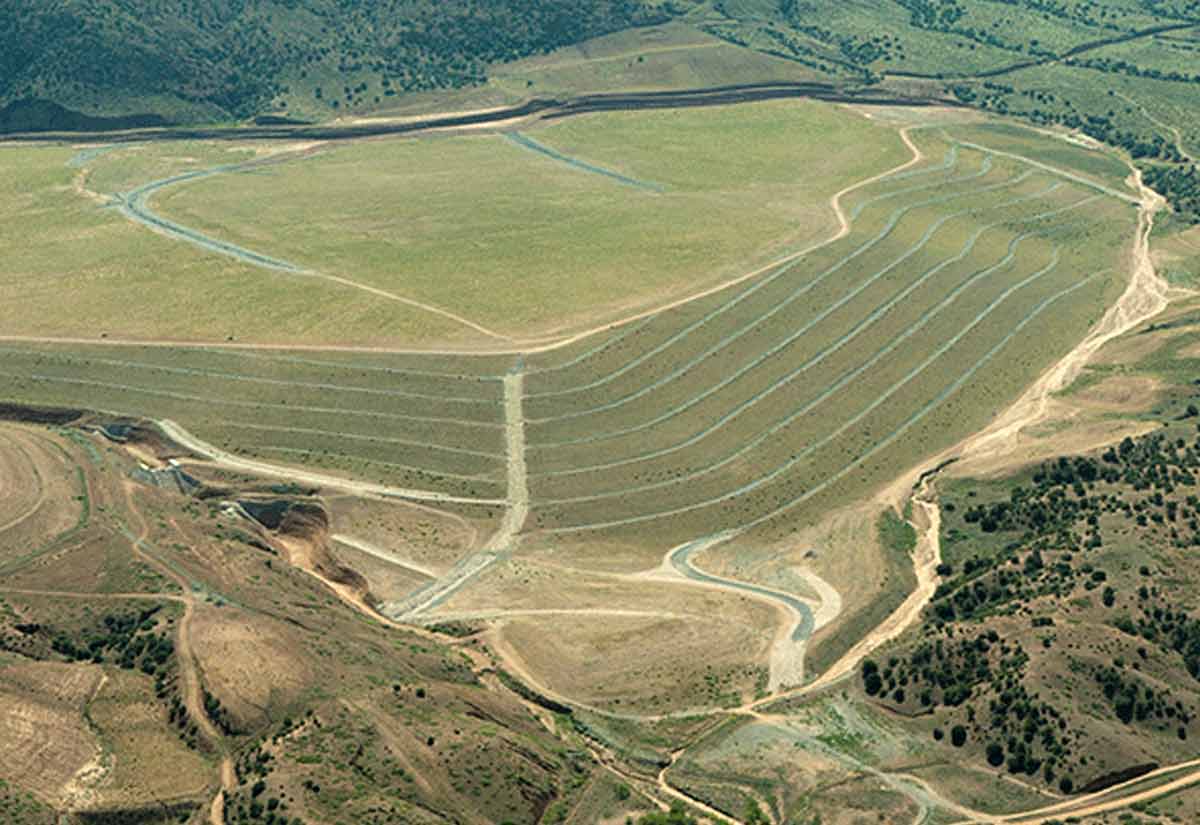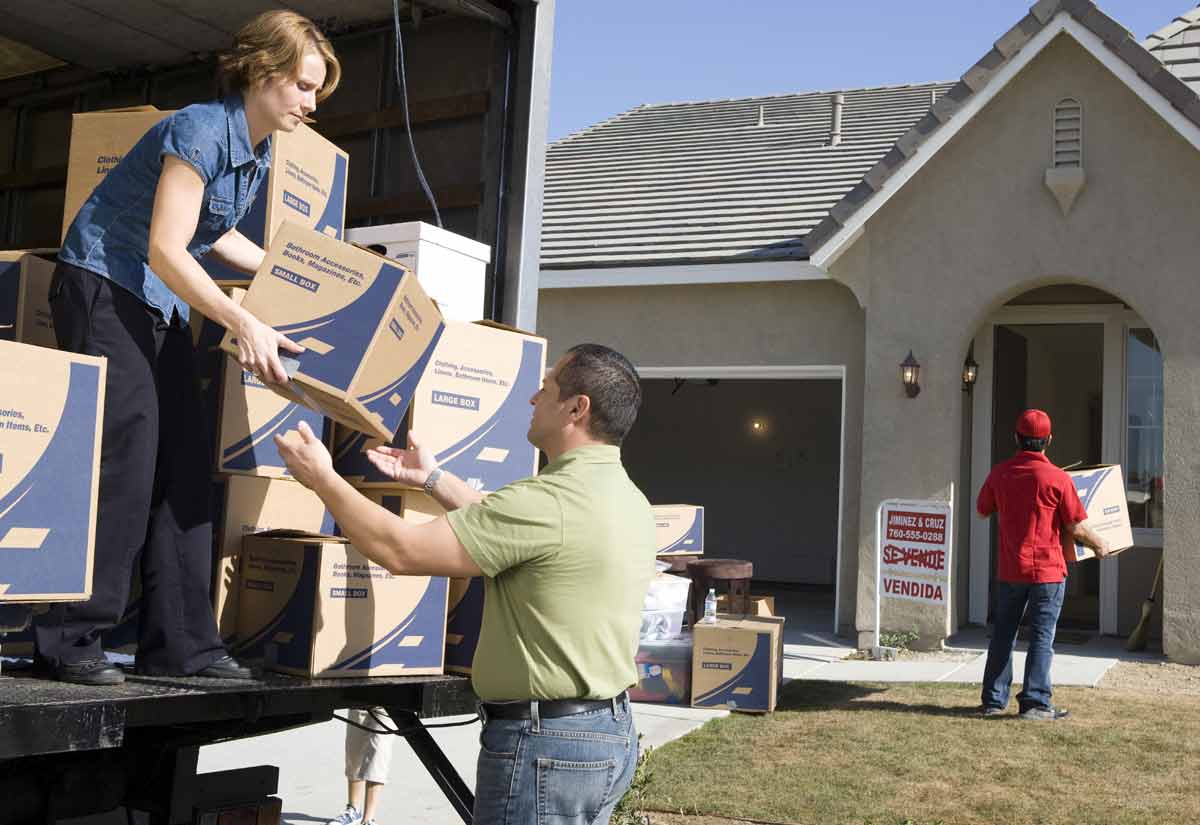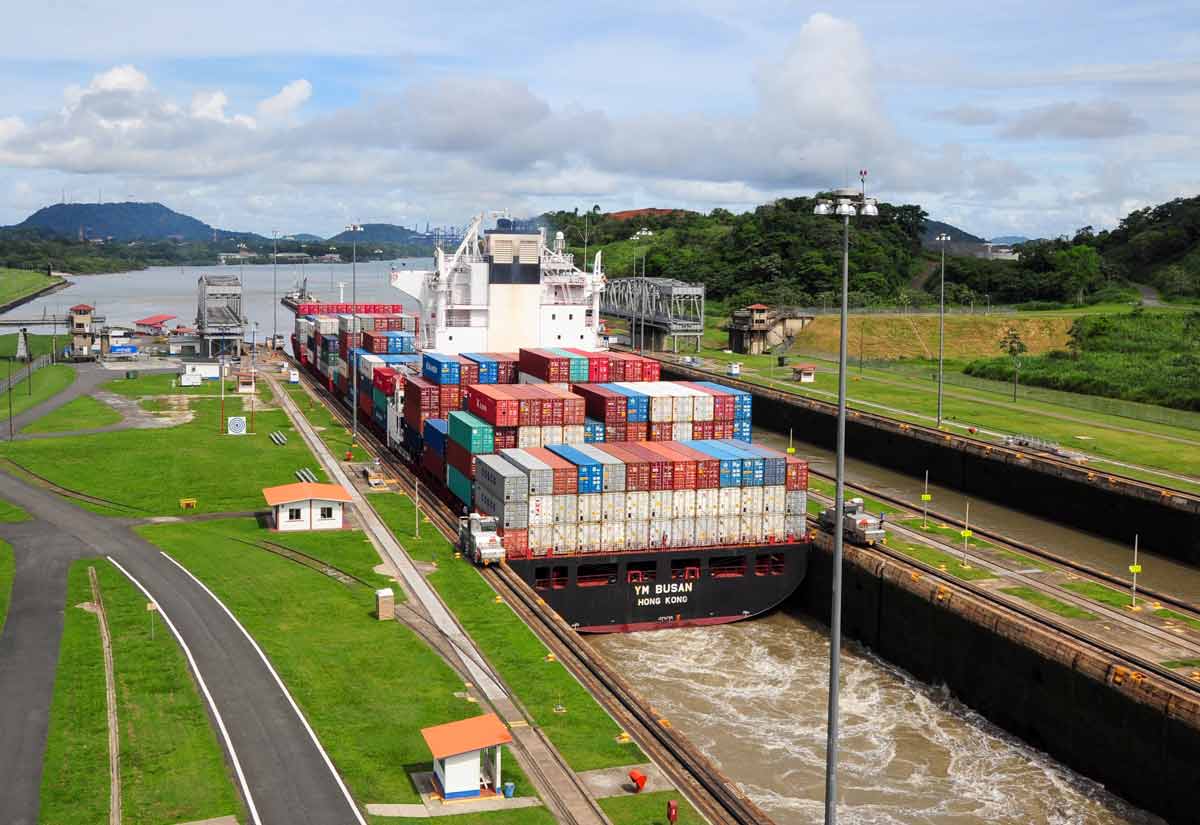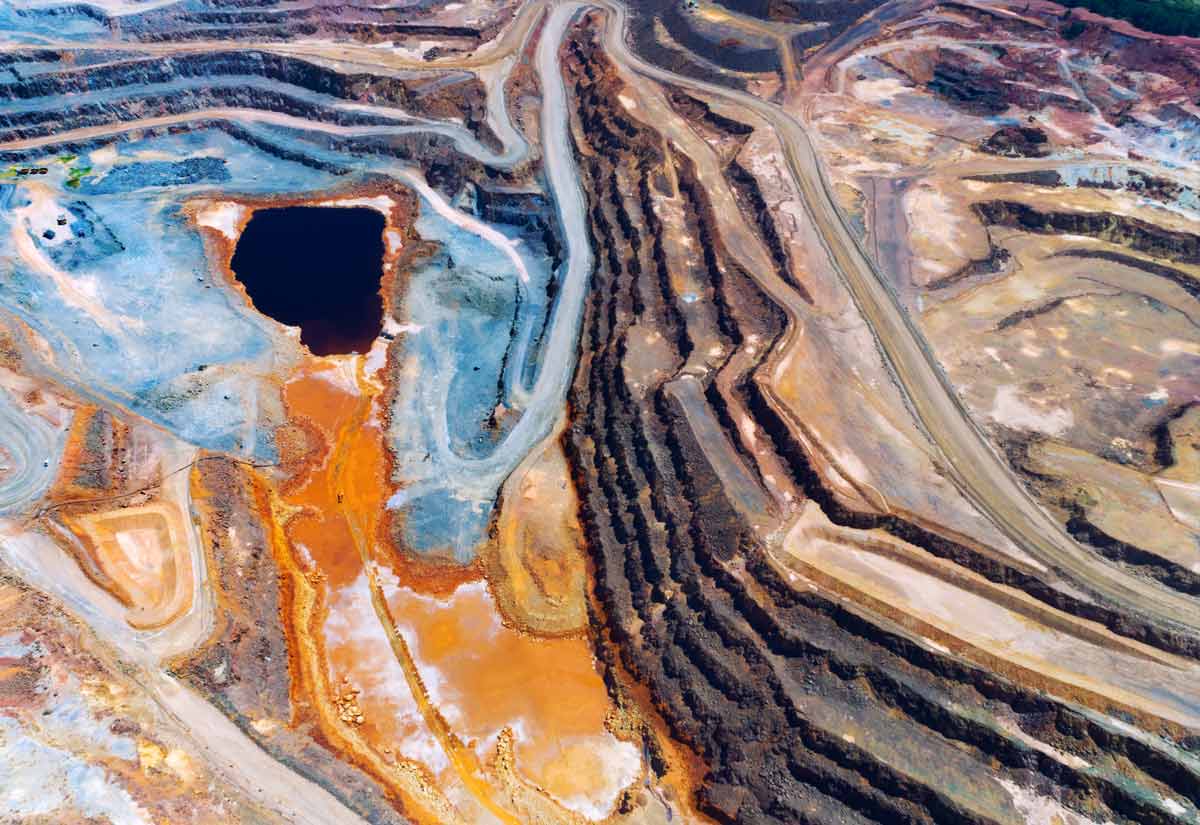Resource Erectors Industry Watch Q4 2021: What a difference a year makes.
Last year in October 2020, we reported that President Trump had rightly declared a national emergency in the US mining industry to secure reliable domestic mineral and battery metal resources, all to meet explosive demand in the brave new green world. Earlier in 2020, Trump prioritized spending to rebuild the crumbling US infrastructure, a proposal tacked to Phase 4 of the 2 Trillion Dollar Covid 19 Stimulus Package.
Now that legislative “tacking on” tradition continues with today’s Congress slicing up a knocked down version of the proposed gargantuan $2.5 trillion deficit pie. The amount originally proposed by the Biden administration is down to 1.2 trillion now, but the weird definitions of “infrastructure” still persist in the version passed by all Democrats in the House except 6, and 13 Republicans who are now catching heat for crossing the aisle to pass what many see as a pork-laden spending binge.
Under Trump, existing roads, bridges, and new jobs were the primary focus. Under Biden, it’s all about the push to green energy, climate change, and politically advantageous handouts. With the strange spending priorities of the current Congress, we have to dig through barrels of green pork to figure out just how much of the infrastructure spending binge is actually for traditional infrastructure.
The short answer?
A 25% Infrastructure Bone Under 75% of Green Pork
An abysmal 25% of the spending was originally earmarked for projects that fall under the traditional definition of infrastructure, according to government watchdog Charlie Spiering at Breitbart. See his article Only About 25 Percent of Joe Biden’s $2.5 Trillion Spending Bill Funds Basic Infrastructure.
Once that 25% fraction is extracted from beneath the 75% pile of pork masquerading as “infrastructure” we’ll need to determine what dollar amounts will trickle through for restoring the authentic US infrastructure. Numbers fluctuate depending on who you ask, but here’s the breakdown of the wide-ranging infrastructure spending according to Investopedia’s Understanding the Infrastructure Bill of November 29, 2021.
- $110 billion for roads and bridges. This includes highway construction and road upgrades in Puerto Rico.
- $66 billion for railroads. Upgrades and maintenance of America’s passenger rail system and freight rail safety. High-speed rail funding was eliminated in the bipartisan compromise that knocked the spending bill down from over 2 trillion to 1.2 Trillion
- $65 billion for the power grid. Updates to power lines and cables, as well as provide money to prevent hacking of the power grid. Clean green energy funding is also included of course.
- $65 billion for broadband. Funding to expand internet access in rural areas and in low-income communities. Approximately $14 billion of this portion is appropriated to reduce Internet bills for low-income citizens no matter where they live.
- $55 billion for water infrastructure. $15 billion for lead pipe replacement, $10 billion for chemical cleanup, and funds to provide clean drinking water in tribal communities.
- $50+ billion for cybersecurity and climate change. Defenses against cybersecurity attacks and flooding, wildfires, coastal erosion, and droughts along with other extreme weather events.
- $39 billion for public transit. Upgrades to public transit systems nationwide. Funding to create new bus routes and improve accessibility for seniors and disabled Americans.
- $25 billion for airports. For major upgrades and expansions at U.S. airports. Air traffic control towers and systems upgrades are slated for $5 billion of the total.
- $21 billion for the environment. Funding for reclaiming and restoring superfund and brownfield sites, abandoned mines, and old oil and gas wells.
- $17 billion for ports. 8.5 billion is headed to the Army Corps of Engineers for port infrastructure. Funds are also allocated to the Coast Guard, ferry terminals, and for reduction of truck emissions at ports.
- $11 billion for safety. Highways, pedestrians, and pipelines, with highway safety getting the bulk of the funding.
- $8 billion for western water infrastructure. Investments in water treatment, storage, and reuse facilities to meet the challenges of ongoing drought conditions in the west.
- $7.5 bill for a nationwide network of electric vehicle charging stations. This will avoid the strange phenomenon of Amazon’s slated delivery fleet of 100,000 EVs and Hertz’s 100,000 rental Teslas towing diesel generators behind them in 2022.
- $7.5 billion for electric school buses. With a priority for bus fleet replacement in low-income, rural, and tribal communities.
Now that the money is on the table, don’t be so sure it will make it to the targeted sectors who should benefit. Closing the inevitable spending and allocation gaps that develop when states have access to gargantuan amounts of federal funding is a perennial problem that we reported about way back in 2019 in our article, US Construction Spending and the Real Infrastructure Gap.
In 2021 we’re seeing the odd justification by the House of Representatives that “repurposing” unused Covid 19 Care Package dollars somehow generates a spending bill that pays for itself?
Haven’t we seen this sleight of hand act before?
Respending 75% of already borrowed dollars on the Clean Green Zero Carbon Machine that isn’t even here yet has taken priority over repairs and upgrades to hazardous overused, and crumbling bridges, tunnels, and highways.
“As typically happens, much of what’s termed infrastructure isn’t really traditional infrastructure. The legislation, for instance, spends $15 billion on subsidies for electric vehicles and charging stations. The nation’s ports — especially at Los Angeles and along the West Coast — are struggling with backlogs. Some of the port-directed funds simply mandate investments in low-carbon technologies.” – Spending bill is awash in waste, pork – The Press Enterprise, Editorial
75 percent [of the Infrastructure Spending Bill] features colossal spending on climate change agenda items. – Biden’s “Infrastructure” Bill Is Filled With Pork – Report Finds Most Is Going Straight To Joe’s Climate Change Agenda
Raising the ASCE Infrastructure Grade in 2021
That thin 25% bone won’t be nearly enough for rebuilding the crumbling US infrastructure that earned a troublesome D grade from the American Society of Civil Engineers in recent years, though there has been some encouraging “incremental progress”. According to the ASCE 2021 Infrastructure Report Card, the US has finally moved up to a “C” for the first time in 20 years. But don’t get too ecstatic about it.
“Overall, eleven category grades were stuck in the D range, a clear signal that our overdue bill on infrastructure is a long way from being paid off.” – Report Card For America’s Infrastructure
Let’s hope that the thin bone of the porky spending bill is enough for American engineers and civil construction builders to raise the grade in 2022.
About Resource Erectors
Raising the grade of your professional talent pool is what we do. At Resource Erectors we build dream teams for the heavy industry-leading companies in civil construction, mining, construction materials, aggregates, gypsum, concrete, tunneling, and more.
If you’re an experienced heavy industry professional we have lucrative opportunities for career advancement with the companies who realize that their human resources are their most valuable asset. When you’re ready to make your move don’t hesitate to contact Resource Erectors so we can all get to work at raising the grade.
